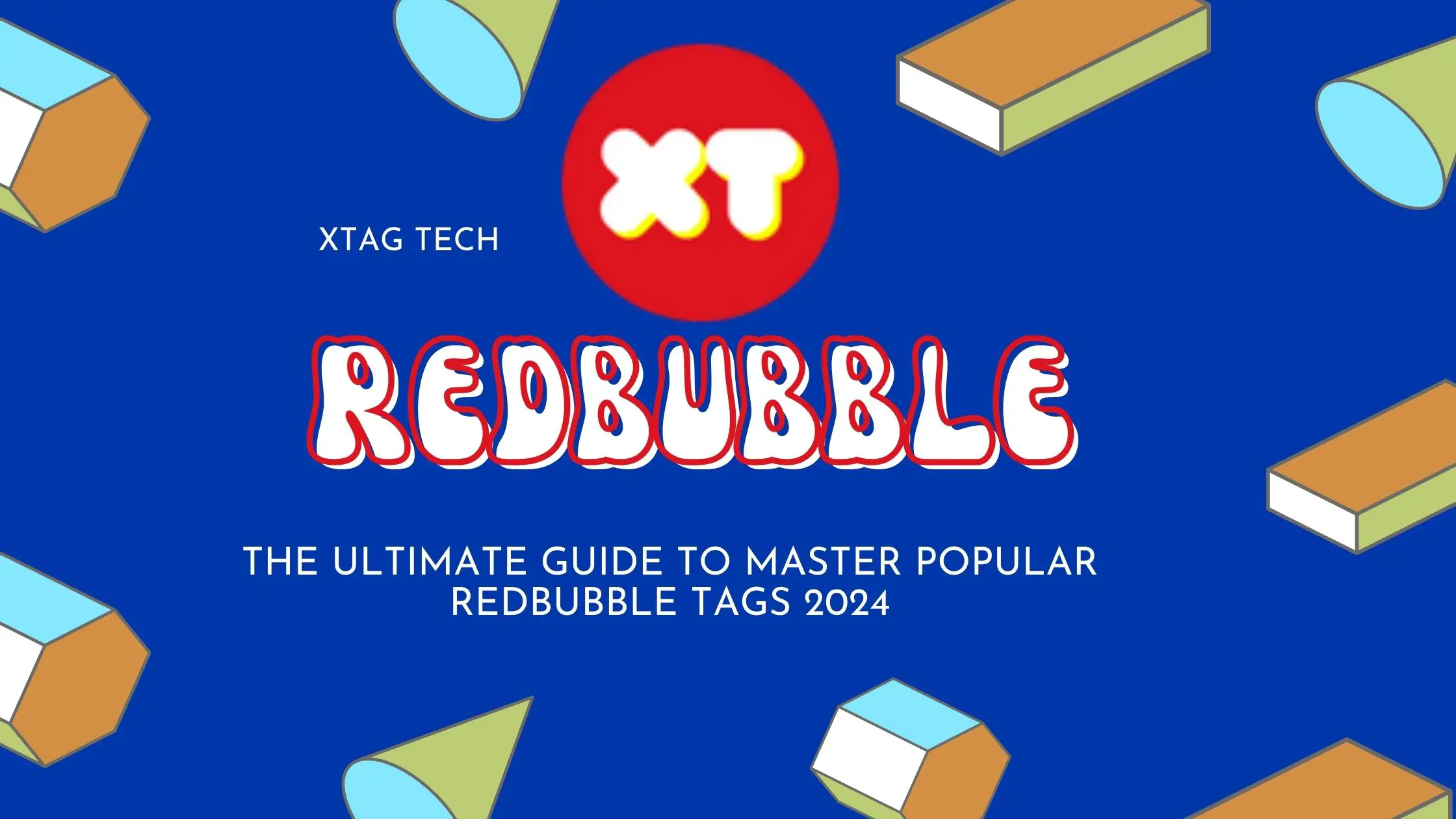Welcome to the dynamic world of Redbubble, where creativity knows no bounds, and artistic expression finds a global stage. In this ever-evolving digital marketplace, standing out amidst the myriad of creative offerings can be a challenge. That’s where the magic of tags comes into play. In the next few thousand words, we’ll embark on the ultimate guide to master the art of popular Redbubble tags in 2024.
Imagine Redbubble as a bustling city of creativity, each piece of art a unique storefront vying for attention. Now, think of tags as the signboards that guide visitors to your particular shop. These seemingly small descriptors wield immense power—they determine whether your masterpiece is discovered in the vast landscape of Redbubble.
As an artist, mastering the intricate dance of tagging is not merely an option; it’s a necessity. Whether you’re a seasoned creator or just starting on this artistic journey, understanding and utilizing Redbubble tags effectively can be the game-changer you’ve been searching for. So, let’s dive into the intricacies of Redbubble tags, unraveling their significance in the ever-expanding digital realm. Get ready to demystify the art of tagging and unleash your creative genius on Redbubble’s global canvas.
Why Mastering Tags Matters in 2024?
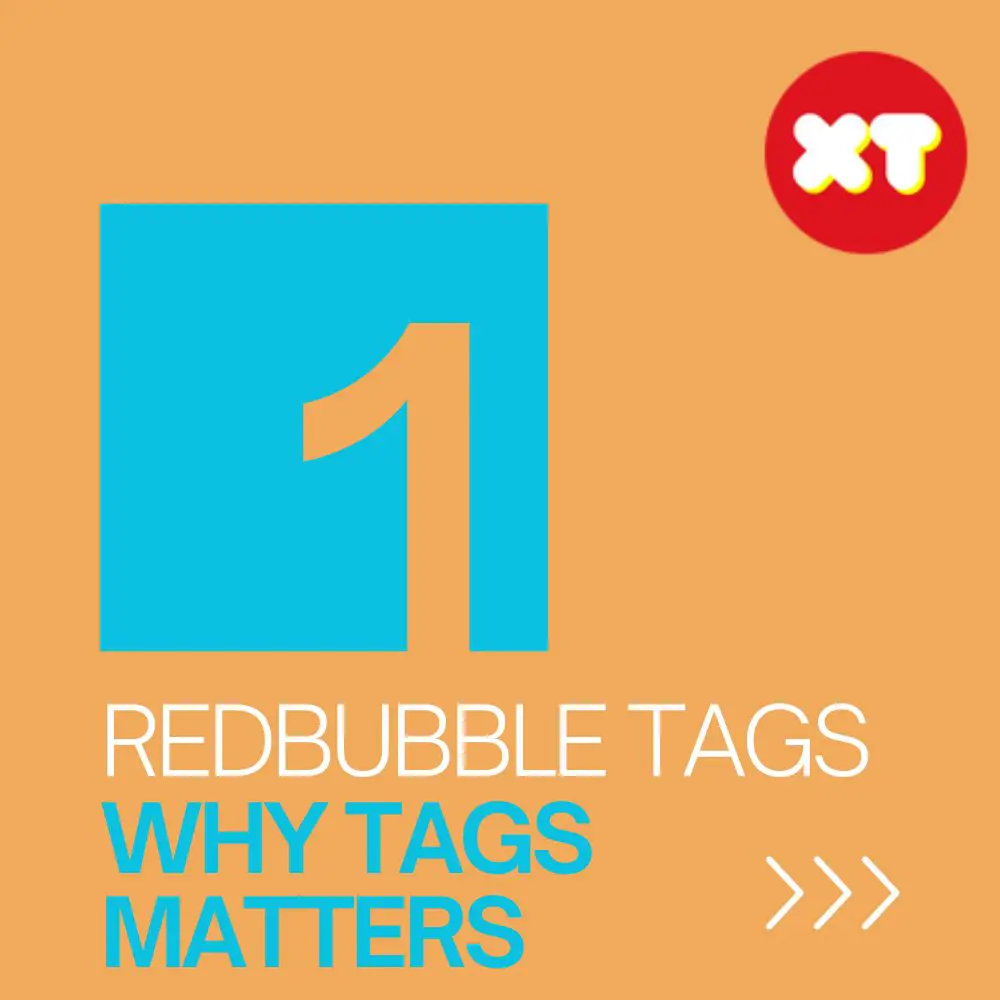
In the ever-evolving landscape of Redbubble, the mastery of tags has become more crucial than ever in 2024. The platform, like a living organism, constantly adapts and refines its algorithms to provide users with the most relevant and engaging content. As an artist, understanding why mastering tags matters is akin to wielding a powerful wand that can unlock unprecedented visibility for your creations.
Evolution of Redbubble Algorithms
Redbubble’s algorithms are the gatekeepers of visibility. In 2024, these algorithms have undergone significant evolution, becoming smarter and more discerning. They no longer solely rely on keywords; instead, they delve into the semantics of tags, understanding the context and intent behind each descriptor. This means that a thoughtful and strategic approach to tagging is not just beneficial; it’s imperative. The algorithms are designed to reward creators who invest time in crafting tags that accurately represent their art, ensuring it reaches the right audience.
Increased Competition and the Need for Effective Tagging
As Redbubble continues to attract a diverse array of artists worldwide, the platform has witnessed an exponential increase in content. The competition for visibility is fierce, making it essential for artists to adopt a proactive stance in tag mastery. Imagine your artwork as a unique gem in a treasure trove. Without the right tags, it’s like placing that gem in a nondescript box, hidden amidst countless others. To ensure your masterpiece shines, mastering tags becomes the key to unlocking the treasure chest of audience engagement.
In 2024, the importance of effective tagging is amplified. It’s not merely about using popular tags but about strategically aligning your creations with the pulse of the current artistic landscape. The trends are dynamic, and so should be your tagging strategy.
What are Some of the Popular Tags on Redbubble?
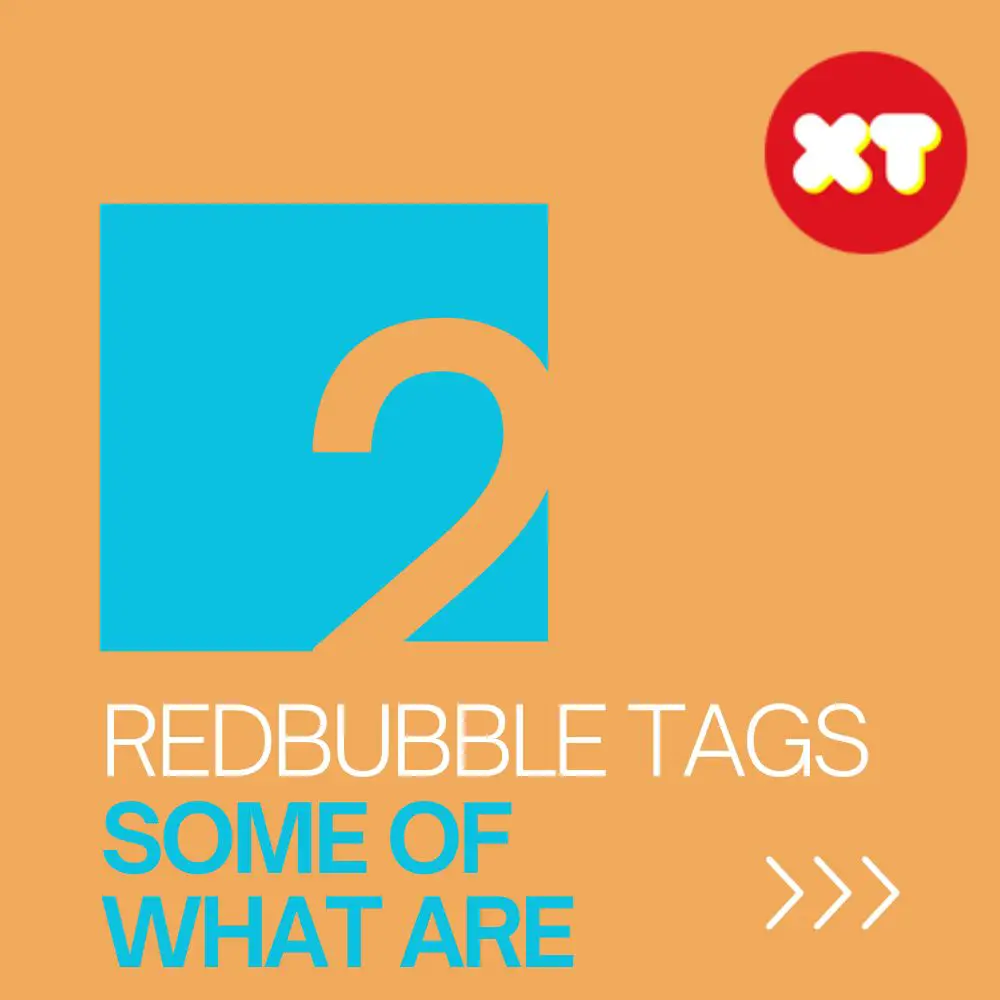
Tags on Redbubble are a way to search for artwork on the site. They are also a way for artists to group their work together. Art, design, illustration, photography, music, fashion, and technology are some of the most commonly used tags on Redbubble. People use these tags to find art and designs that they like, and to find artists and designers that they may want to follow. There are a variety of tags that you can use on Redbubble, and here are some of the most popular ones:
#Abstract #Animals #Art #Design #Digital Art #Fashion #Floral #Food #Landscapes #Mandalas #Minimalism #Patterns #People #Portraits #Quotes #Scenery #Sci#Fi #Street Art #Textiles #UrbanTags are also a great way to find new art and designs. If you like a particular tag, then you can explore all of the art and designs that have been tagged with that word. This can help you find new art and designs that you may not have otherwise seen. Finally, tags can also be used to find art and designs that are related to a specific topic. For example, if you are looking for a design to use for a project about nature, you could use the “nature” tag to find designs that you like.
What are Popular Redbubble Tags and How Do You Use Them?
One of the things that makes Redbubble so popular is the wide variety of art that is available on the site. There is something for everyone, no matter what your taste in art may be. Another thing that makes Redbubble so popular is the wide variety of tags that are available on the site. Tags are keywords or phrases that help buyers find the art they are looking for. And since there are so many different tags on Redbubble, it is easy for buyers to find the art they love.
The tags on Redbubble are a way to help people find your work. They are also a way to help you categorize your work. When you create a new work on Redbubble, you have the opportunity to add tags. You can add as many tags as you like, but we recommend adding no more than 10.
Tags are words or phrases that help people find your work. They can be as specific or as general as you like. For example, if you create a work of art that features a cat, you might add the tags “cat,” “art,” and “drawing.” If you create a T-shirt with a funny saying on it, you might add the tags “funny,” “T-shirt,” and “clothing.” Tags are a great way to help people find your work, so be sure to use them!
How to Make a List Tag in Less Than 10 Minutes?
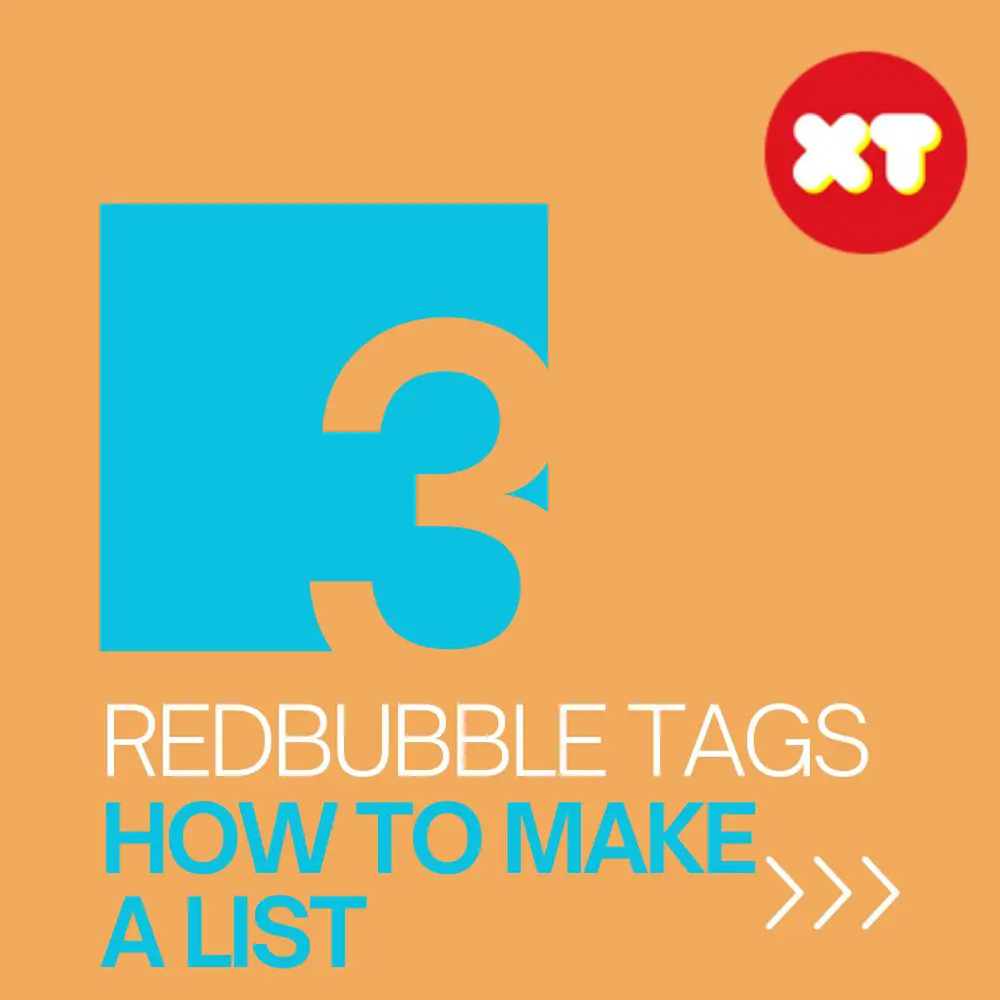
Making a list on Redbubble is a great way to track and organize your work, as well as to provide potential buyers with an easy way to find your products. Here’s how to make a list tag in less than 10 minutes:
- Log in to your Redbubble account and click on “My List” in the top right-hand corner of the screen.
- Click on the “Create a List” button in the top left-hand corner of the screen.
- Enter a name for your list and click on the “Create” button.
- In the “Add Items” box, enter the title of the product you’d like to add to your list and click on the “Add” button.
- Repeat the steps 4 and 5 for each product you’d like to add to your list.
- In the “List View” box, click on the “Grid View” tab.
- Click on the “Export to Excel” button.
Tagging your work on Redbubble, there are a few things to keep in mind. First, you want to make sure that you’re using relevant keywords that will help people find your work. You also want to use a variety of tags, so that your work is more likely to show up in search results.
First and foremost, it’s important to understand what exactly redbubble is. It’s a website and online community of artists and designers where people can buy and sell their original artwork and designs. So, when you’re optimizing your work for redbubble, you’re really optimizing it for an online audience of artists and designers.There are a few things to keep in mind when optimizing your work for redbubble. First, make sure your work is high quality and visually appealing. You want your work to stand out and catch people’s attention.
Next, make sure you’re using the right keywords and tags. Use keywords that are relevant to your work and that people are likely to use when searching for art and designs online. Finally, make sure your work is properly credited. Always list the artist’s name and the website where people can buy the work. When optimizing your work for redbubble, keep these things in mind and you’re sure to have success.
Identifying Popular Redbubble Tags
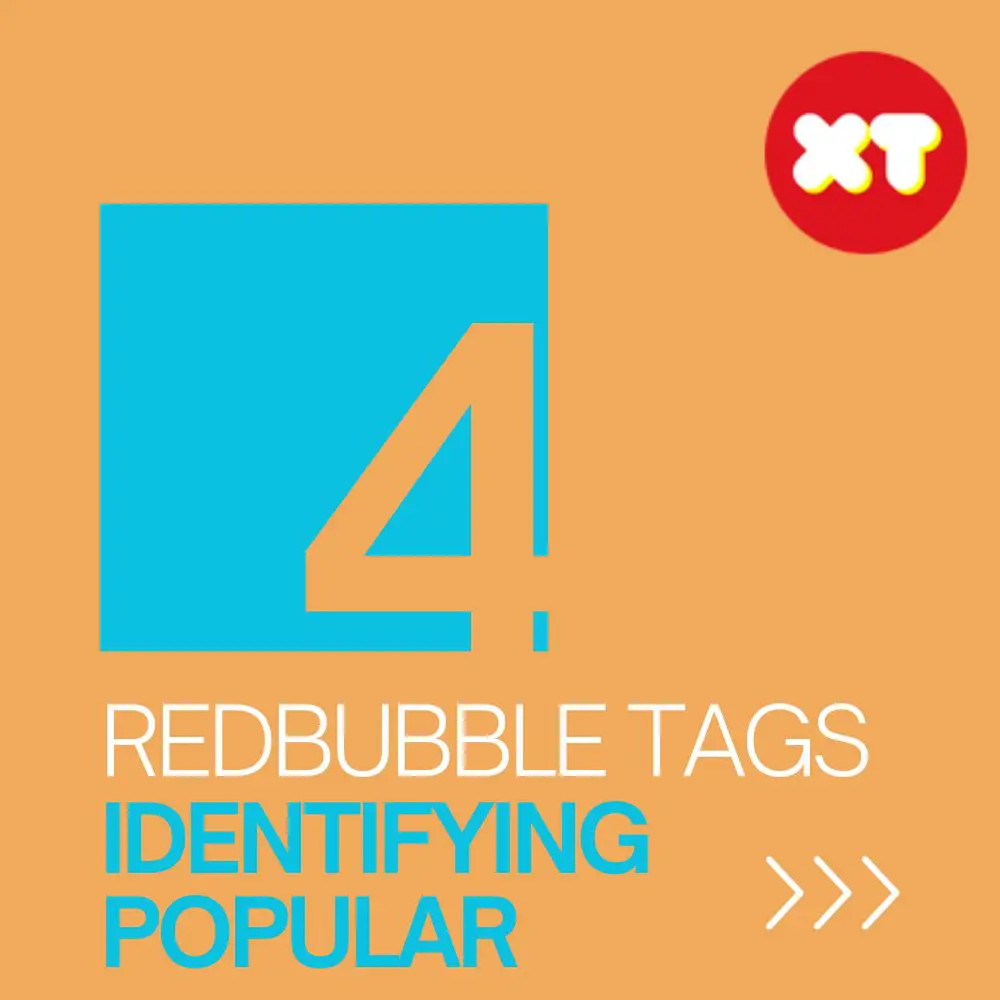
In the vast sea of creative expression on Redbubble, understanding the pulse of popular tags is akin to navigating the currents of a digital ocean. Identifying the right tags can significantly enhance the visibility of your artwork and connect it with the audience it deserves. Let’s embark on a journey to discover the art of identifying popular Redbubble tags in 2024.
Tools and Strategies to Find Trending Tags
- Redbubble Search Bar: The most direct route to identifying popular tags is right on Redbubble itself. Utilize the search bar to explore relevant keywords related to your artwork. Pay attention to the suggested tags as they often reflect current trends.
- Social Media Platforms: Platforms like Instagram, Twitter, and Pinterest are treasure troves of trending topics and hashtags. Explore the profiles of successful Redbubble artists and observe the tags they use. This not only provides insight into popular tags but also allows you to tap into broader conversations within the artistic community.
- Google Trends: While primarily known for general trends, Google Trends can be a valuable tool for identifying overarching themes. Use it to explore topics related to your artwork and incorporate relevant keywords into your tagging strategy.
- Redbubble Analytics: If you’re already an active Redbubble artist, delve into the analytics provided by the platform. Identify which tags have garnered the most engagement for your artworks in the past. This data can be a goldmine for understanding your specific audience and tailoring your tags accordingly.
Staying Updated with the Latest Trends in 2024
In the fast-paced world of digital art, trends emerge and evolve swiftly. Staying ahead of the curve requires a keen eye on the latest developments. Here are some strategies to ensure your tagging game remains in sync with the trends of 2024:
Embrace Seasonality and Events
Take advantage of seasonal themes and major events. Whether it’s holidays, cultural celebrations, or global phenomena, incorporating timely tags can give your artwork a fresh boost.
Explore Niche Communities
Dive into niche communities related to your artistic style. Forums, subreddits, and online groups can be invaluable sources of emerging trends within specific genres. Engage with fellow artists to gain insights and discover tags that resonate with your niche audience.
Monitor Artistic Movements
Keep an eye on the broader artistic landscape. Artistic movements, both online and offline, can influence tag trends. Whether it’s a resurgence of a particular style or a response to current events, adapting your tags to reflect these movements can enhance your artwork’s relevance.
As we move forward, we’ll explore the intricacies of creating a strategic tagging plan, ensuring that your tags not only reflect popularity but also align with the essence of your artistic identity. Get ready to elevate your tagging game and propel your creations into the spotlight.
What’s the Best Way to Increase Sales with Popular RedBubble Tags?
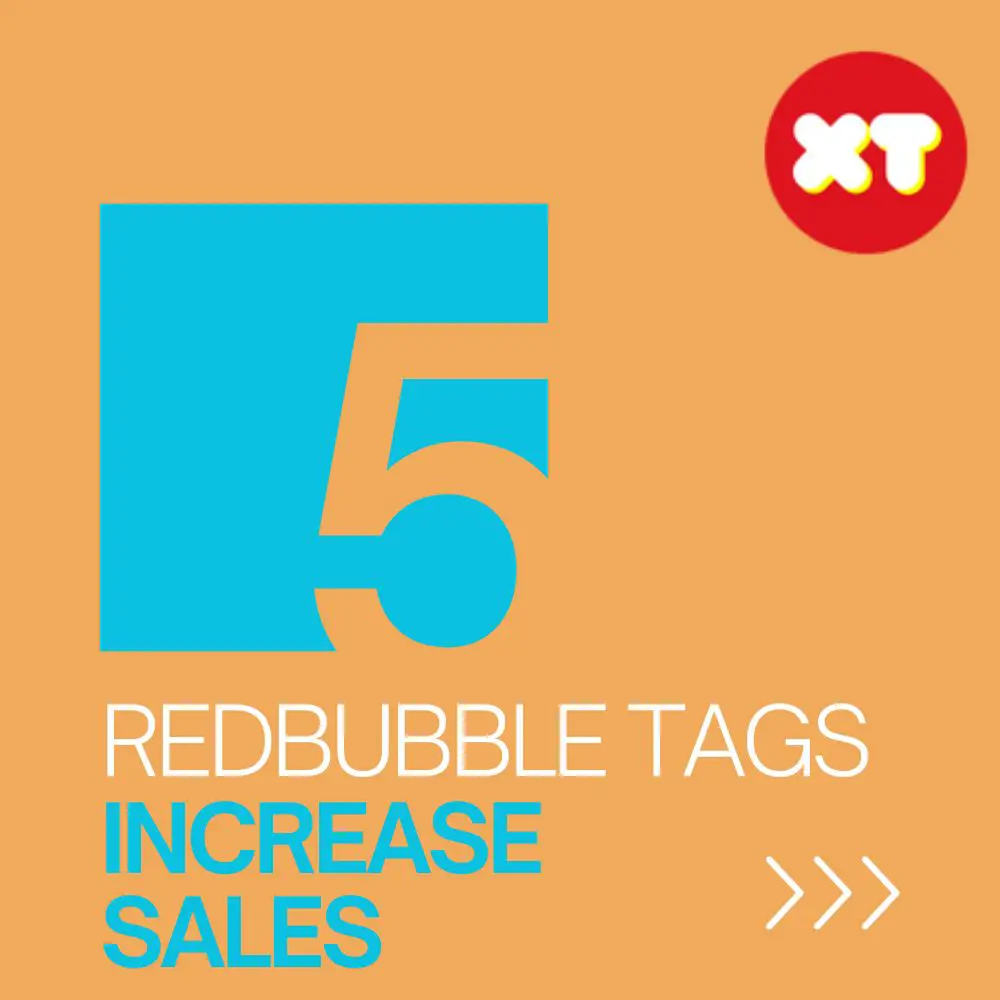
One of the first steps to get more sales on the internet is to think about what you could sell by using popular tags. For instance, if you want to sell a t-shirt with sayings such as “I Drink Your Milkshake” or “Firefighter Dad”, then you may want to consider using redbubble.
Most people don’t realize that there are online markets where they can sell their products at a discounted price. The best way for people to increase their sales is by using a tag generator like Redbubble and trying out different tags until they find a tag that works best for them.
Redbubble is an online market where sellers can buy and sell products with customizable marketing materials, such as t-shirts, coffee mugs, phone covers, notebooks and much more
The popular Redbubble tags help you find a large number of followers in an instant. Using these tags in your images can help with the sales as well. You just need to understand which keywords are popular and how to use these hashtags effectively There are several ways of selling your products on sale on Redbubble. One way is to use their tag generator to create a unique tag for your product and sell it under that tag. However, this needs creativity because not all tags sell well. If you want more sales from certain popular tags, you should use this article to find out what the most popular keywords related to those keywords are and make sure they appear in your work
With the help of popular redbubble tags, a business can be sure that their clothes are at the top of the search engines. This can lead to a lot more visibility and sales.
Monitoring and Adjusting Tags Over Time
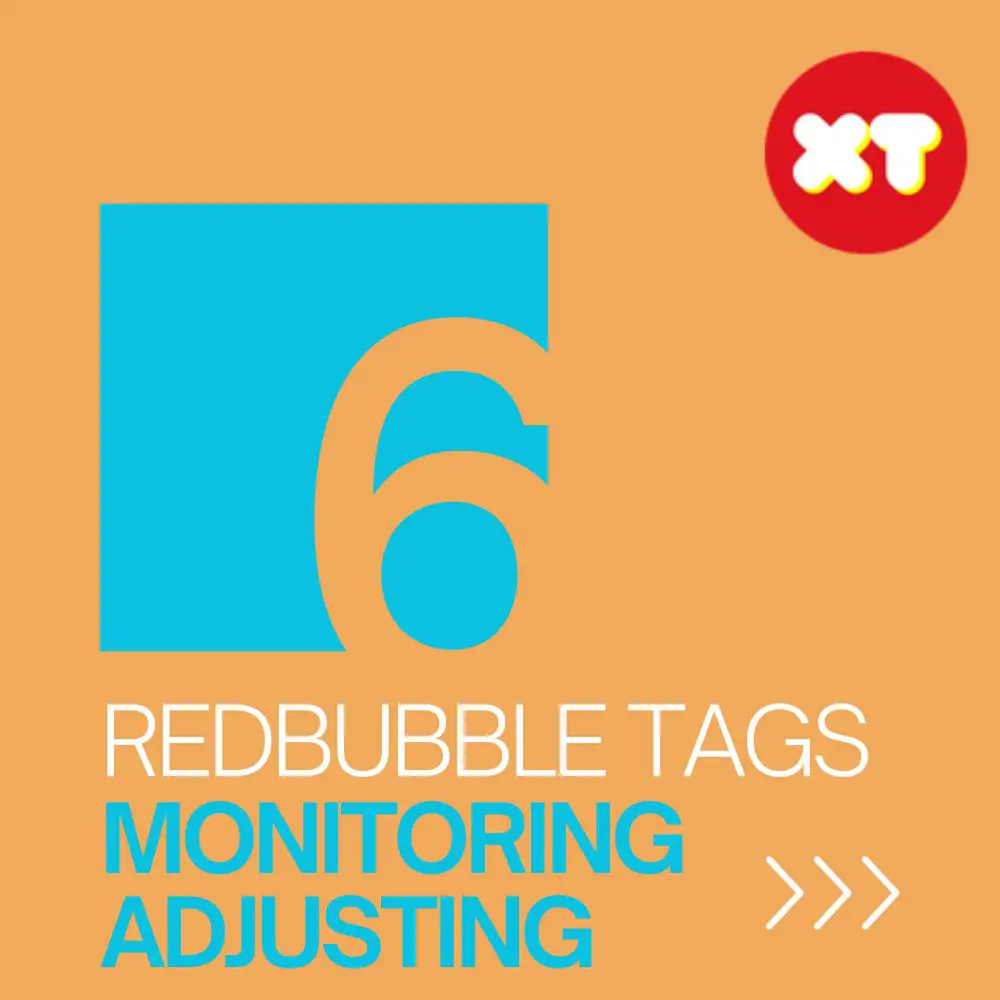
Congratulations on identifying popular Redbubble tags! However, the digital landscape is ever-shifting, and what works today may not be as effective tomorrow. To maintain the visibility and relevance of your artwork, it’s crucial to adopt a proactive approach by monitoring and adjusting your tags over time.
The Dynamic Nature of Trends and Tags
In the world of digital art, change is the only constant. Trends evolve, seasons shift, and new cultural phenomena emerge. Consequently, what captivates audiences today may lose its appeal tomorrow. This dynamic nature underscores the importance of regularly revisiting and adjusting your tagging strategy.
Perform periodic audits of your existing tags. Analyze the performance of each tag by assessing engagement metrics, such as views, clicks, and conversions. Identify tags that consistently contribute to your artwork’s visibility and those that may need tweaking. Redbubble, like any digital platform, undergoes updates and changes. Stay informed about these updates, as they might introduce new features, algorithms, or tagging dynamics. Adjust your strategy to align with any alterations, ensuring your tags remain optimized within the current system.
Regularly Updating and Refining Tag Choices
- Seasonal Relevance: Adapt your tags to seasonal changes, holidays, and cultural events. A winter-themed artwork, for instance, might benefit from tags related to the holiday season during winter months.
- Artistic Evolution: As your artistic style evolves, so should your tags. If you experiment with new techniques, themes, or subjects, update your tags to accurately represent the essence of your latest creations.
- Feedback and Analytics: Leverage feedback from your audience and Redbubble analytics. Understand what resonates with your viewers and adapt your tagging strategy accordingly. Analyze the performance of specific tags and use this data to refine your choices.
- Explore Emerging Trends: Keep an eye on emerging trends both within and outside the Redbubble community. Incorporate relevant tags that align with these trends to ensure your artwork stays in tune with current interests.
Remember, the art of monitoring and adjusting tags is an ongoing process. Embrace the fluidity of the digital space, and don’t hesitate to experiment with new tag combinations. As we delve deeper into tips for Redbubble tag success stories, you’ll discover how artists effectively navigate the nuances of this dynamic platform. Stay tuned for insights into real-life examples and key takeaways that can propel your Redbubble journey to new heights.
Common Mistakes to Avoid in Tagging
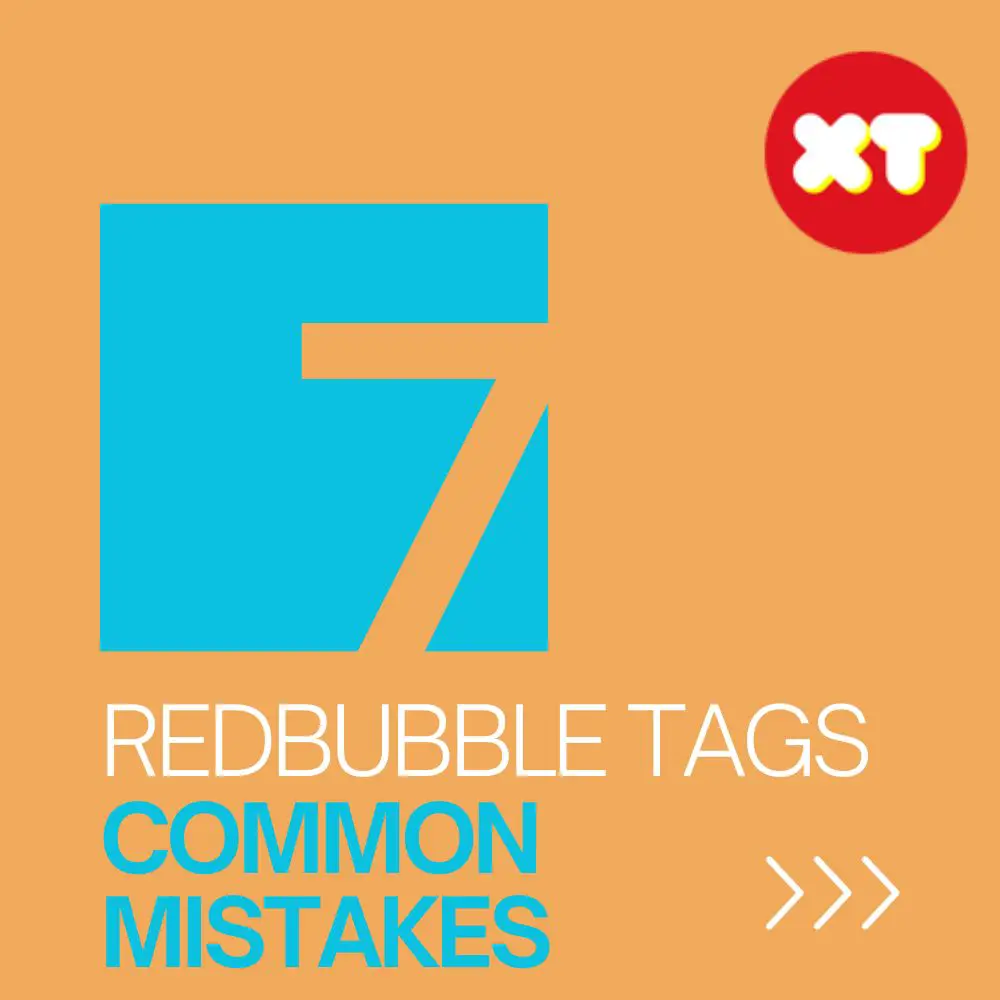
In the quest for Redbubble success, mastering tags is pivotal. However, it’s equally important to be aware of common pitfalls that artists often encounter in the tagging process. Steering clear of these mistakes ensures that your artwork not only reaches the right audience but also maintains its authenticity and appeal. Let’s explore the common mistakes to avoid in tagging on Redbubble.
- Irrelevant Tags and Spammy Practices: One of the cardinal sins in tagging is the use of irrelevant or spammy tags. While it may be tempting to add popular tags unrelated to your artwork to boost visibility, this can have severe consequences. Redbubble’s algorithms are designed to detect and penalize such practices, potentially leading to decreased visibility or account restrictions.
- Overloading with Popular Tags: Using only the most popular tags may seem like a shortcut to visibility, but it often results in your artwork getting lost in a sea of similar creations. Striking a balance between popular and niche tags is crucial. Opt for tags that genuinely represent your artwork and resonate with your target audience.
- Neglecting Specificity for Broad Appeal: While broad appeal is essential, sacrificing specificity for generic tags can dilute the uniqueness of your artwork. Be precise in describing your creation, incorporating tags that capture its essence accurately. This not only attracts a more targeted audience but also enhances the likelihood of engagement.
- Ignoring Long-Tail Tags: Long-tail tags, though specific, are powerful tools for connecting with a niche audience. Neglecting these tags in favor of broader terms can limit your reach. Embrace the diversity of tags, including both popular and long-tail variations, to cater to a broader spectrum of potential viewers.
- Static Tagging Strategy: The digital landscape is dynamic, and so should be your tagging strategy. Avoid sticking to a static set of tags for all your artworks. Regularly reassess and update your tags based on trends, seasonality, and the evolution of your artistic style.
- Copying Tags Blindly from Others: While drawing inspiration from successful artists is commendable, blindly copying their tags is a mistake. Tags should reflect the unique aspects of your artwork. Tailor your tags to your individual style, themes, and subjects to stand out authentically.
- Lack of Experimentation: Creativity knows no bounds, and the same applies to tags. Don’t shy away from experimenting with different tag combinations. A dynamic approach to tagging can uncover new opportunities for visibility and audience engagement.
- Ignoring Analytics and Feedback: Redbubble provides valuable analytics that offer insights into the performance of your artwork and tags. Ignoring this data is a missed opportunity. Regularly analyze the metrics and use feedback to refine and optimize your tagging strategy.
By steering clear of these common tagging mistakes, you pave the way for your artwork to flourish on Redbubble. As we move forward, we’ll explore real-life success stories, highlighting the strategies employed by artists who have mastered the art of tagging. Learn from their experiences and discover key takeaways to elevate your Redbubble presence.
Conclusion
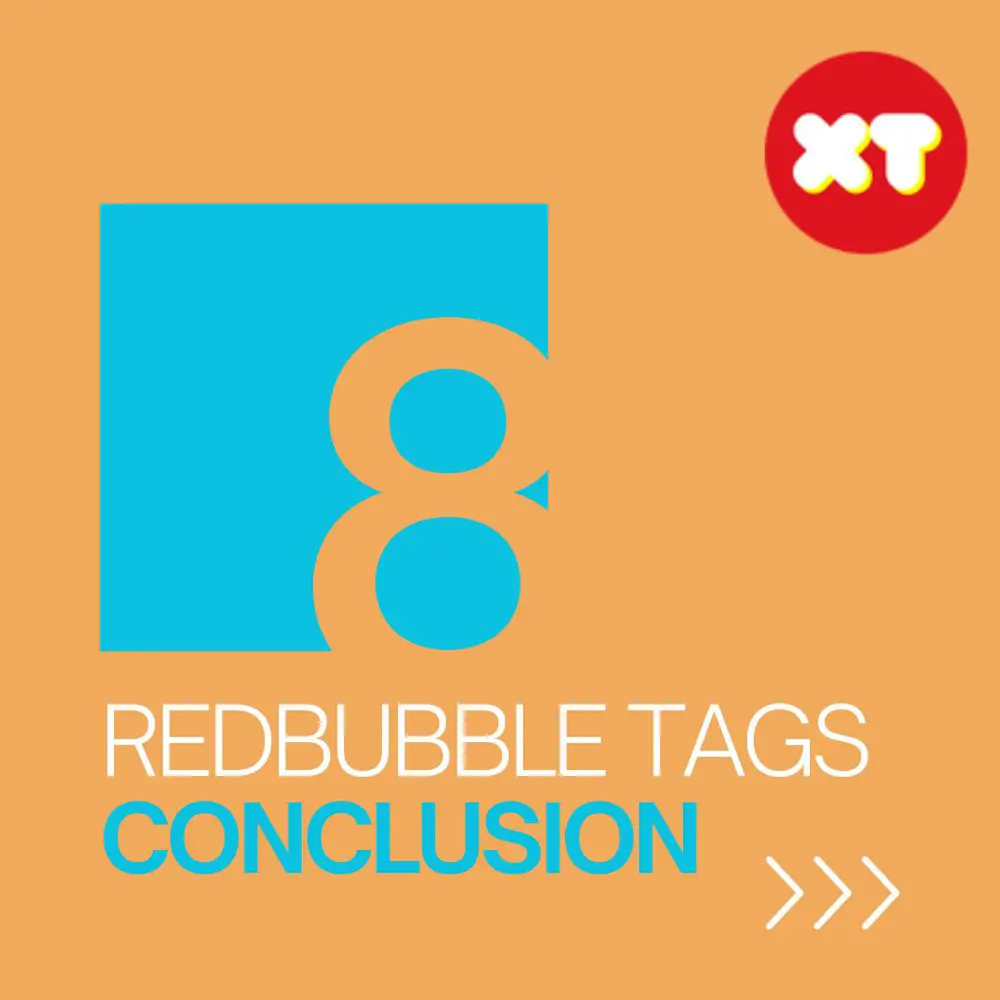
In the vast realm of Redbubble, where creativity knows no bounds, mastering the art of tags can be a game-changer. As we wrap up our journey through the ultimate guide to popular Redbubble tags in 2022, remember that tags are not mere labels; they are the connective tissue between your art and your audience. Embrace them, wield them strategically, and watch as your creations dance in the limelight.
Whether you’re a seasoned artist or just starting, the knowledge embedded in your fingertips about tags can elevate your Redbubble experience. The ability to understand trending tags, strategically place them, and adapt to the dynamic nature of the digital landscape is the key to unlocking the full potential of your artistic endeavors.
Now armed with insights into researching trending tags, the importance of long-tail specificity, and even the competitive edge of analyzing other artists’ tags, you’re equipped to navigate the tag-infused journey on Redbubble. Remember, it’s not just about visibility; it’s about creating an artistic legacy that resonates with your audience.
FAQs
- How often should I update my Redbubble tags?
Regularly updating your tags is beneficial. Keep an eye on trends, adjust for seasonality, and experiment with new tags periodically to stay relevant and engaging.
- Can I use the same tags for all my Redbubble designs?
While consistency is key, tailor your tags to each design. Embrace a mix of popular, niche, and long-tail tags to cater to different audience segments.
- Are there any tools to help with tag research on Redbubble?
Redbubble’s search feature itself is a powerful tool for tag research. Explore popular tags within your niche and use them strategically.
- What’s the risk of using overused or irrelevant tags?
Using irrelevant or overused tags can harm your visibility and credibility. Focus on tags directly related to your artwork to attract the right audience.
- How long does it take for tag changes to impact visibility?
Redbubble’s search algorithm may take some time to reflect tag changes. Be patient, monitor analytics, and adjust your strategy based on performance over time.
